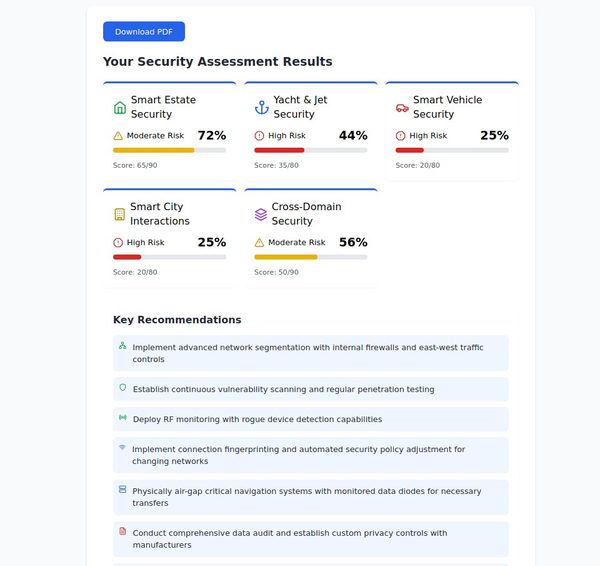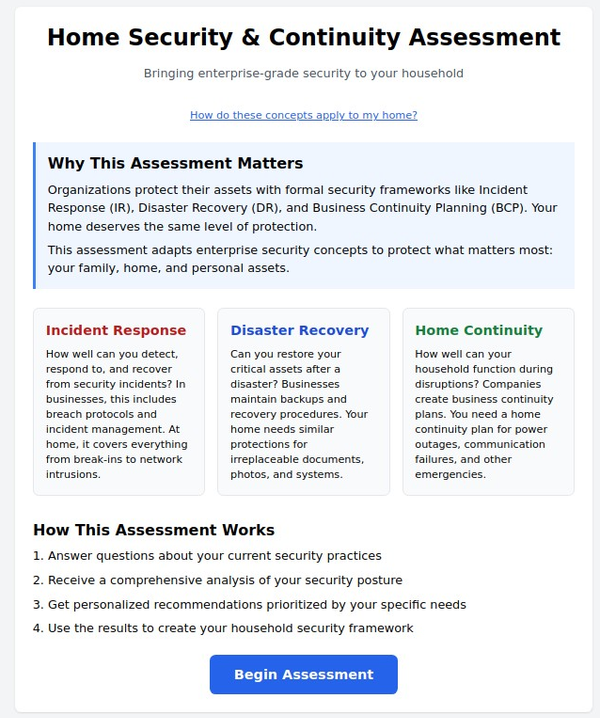The Role of Smart Thermostats in Load Regulation: Balancing Energy Demand and Grid Efficiency

Introduction: Energy companies are increasingly turning to smart thermostats, such as Nest and other similar devices, to manage energy consumption and regulate the load on the grid during peak hours. This innovative approach allows for more efficient energy usage, reduces strain on the grid, and promotes sustainability. In this article, we will explore how energy companies are leveraging smart thermostats to balance energy demand and grid efficiency, while also considering the benefits and concerns associated with this practice.
- The Need for Load Regulation: As energy demands continue to rise, especially during peak hours, load regulation becomes crucial for maintaining grid stability. Energy companies face the challenge of ensuring a consistent electricity supply while avoiding overloading the grid. Smart thermostats offer a potential solution by enabling controlled adjustments to energy consumption.
- How Smart Thermostats Work: Smart thermostats, equipped with advanced sensors and connectivity features, allow homeowners to remotely control their heating, ventilation, and air conditioning (HVAC) systems. These devices provide real-time energy usage data, temperature monitoring, and programmable scheduling options, making them an ideal tool for load regulation.
- Demand Response Programs: Energy companies often implement demand response programs that encourage homeowners to adjust their energy usage during peak hours. Smart thermostats play a significant role in these programs by enabling automated or user-controlled adjustments to temperature settings, reducing energy consumption when demand on the grid is high.
Benefits of Load Regulation Using Smart Thermostats:
a. Grid Stability: By managing energy demand during peak hours, smart thermostats help prevent grid overload and reduce the risk of power outages.
b. Energy Efficiency: Load regulation promotes more efficient energy usage by optimizing HVAC systems' operation and reducing overall energy consumption.
c. Cost Savings: Homeowners who participate in demand response programs may benefit from reduced energy bills or incentives offered by energy companies.
Concerns and Considerations:
a. Comfort and Convenience: Adjusting peak-hour temperature settings may affect home comfort levels. Energy companies must balance load regulation and maintain a comfortable living environment for residents.
b. Privacy and Data Security: Smart thermostats collect data on energy usage and homeowners' habits. Energy companies must prioritize privacy protection and ensure the secure handling of this data to maintain consumer trust.
c. User Control and Opt-Out Options: Homeowners should have control over their smart thermostats and the ability to opt-out of load regulation programs if desired. Transparent communication and clear opt-out procedures are essential.
Collaboration and Education:
Energy companies must collaborate with homeowners and provide educational resources to ensure a smooth transition to load regulation practices. Clear communication, training, and support are vital for homeowners to understand the benefits and actively participate in load regulation programs.
Conclusion: Smart thermostats are revolutionizing energy load regulation by enabling energy companies to manage peak-hour demands effectively. By leveraging these devices, energy companies can balance grid efficiency, reduce strain on the system, and promote sustainability. However, addressing concerns related to comfort, privacy, and user control is crucial for successfully implementing load regulation programs. With careful consideration and collaboration, integrating smart thermostats in load regulation efforts can lead to a more stable, efficient, and sustainable energy future.





